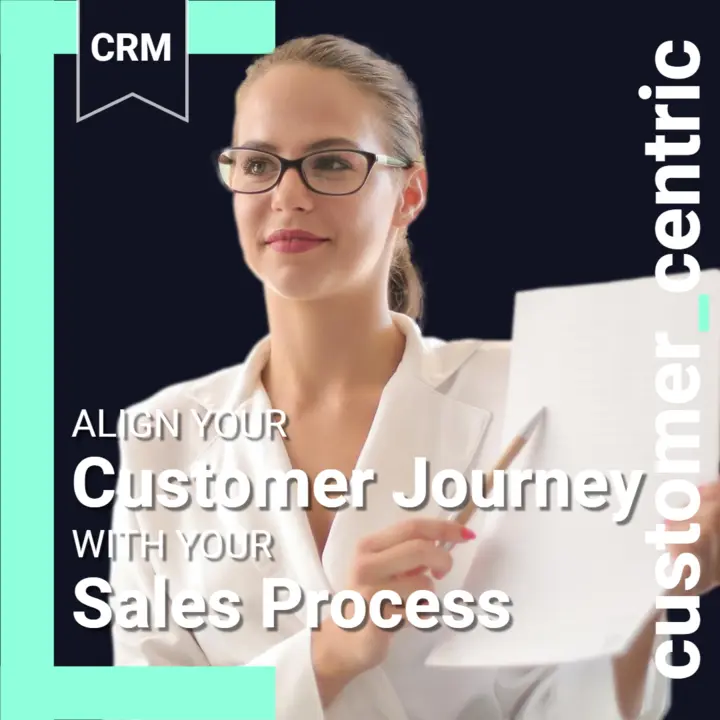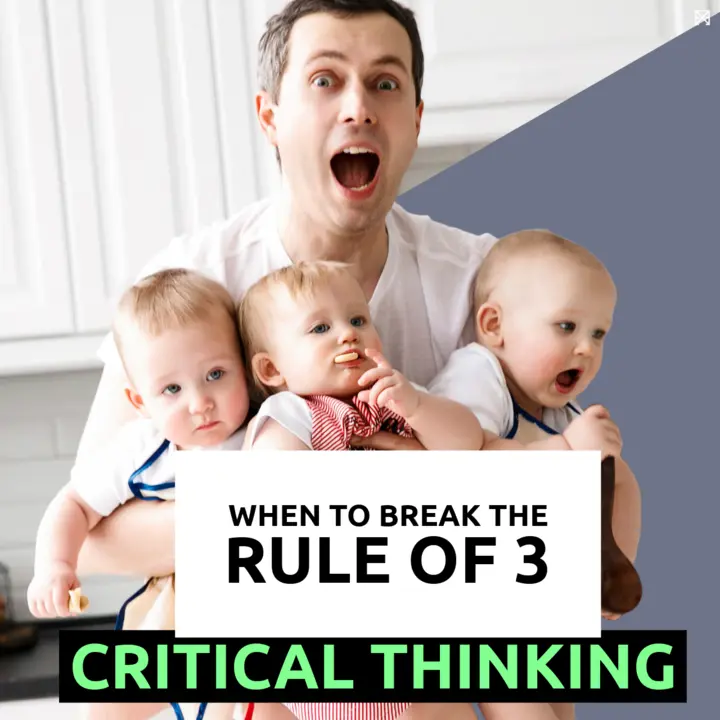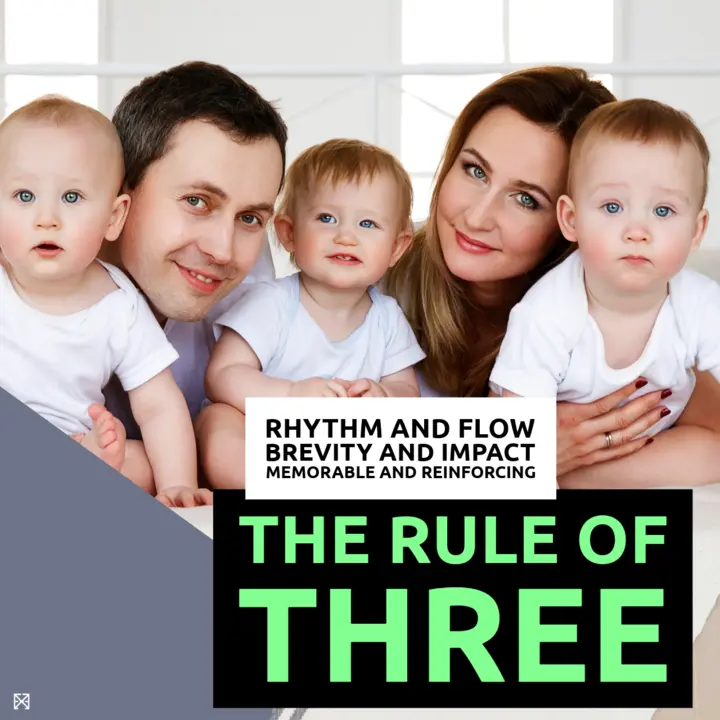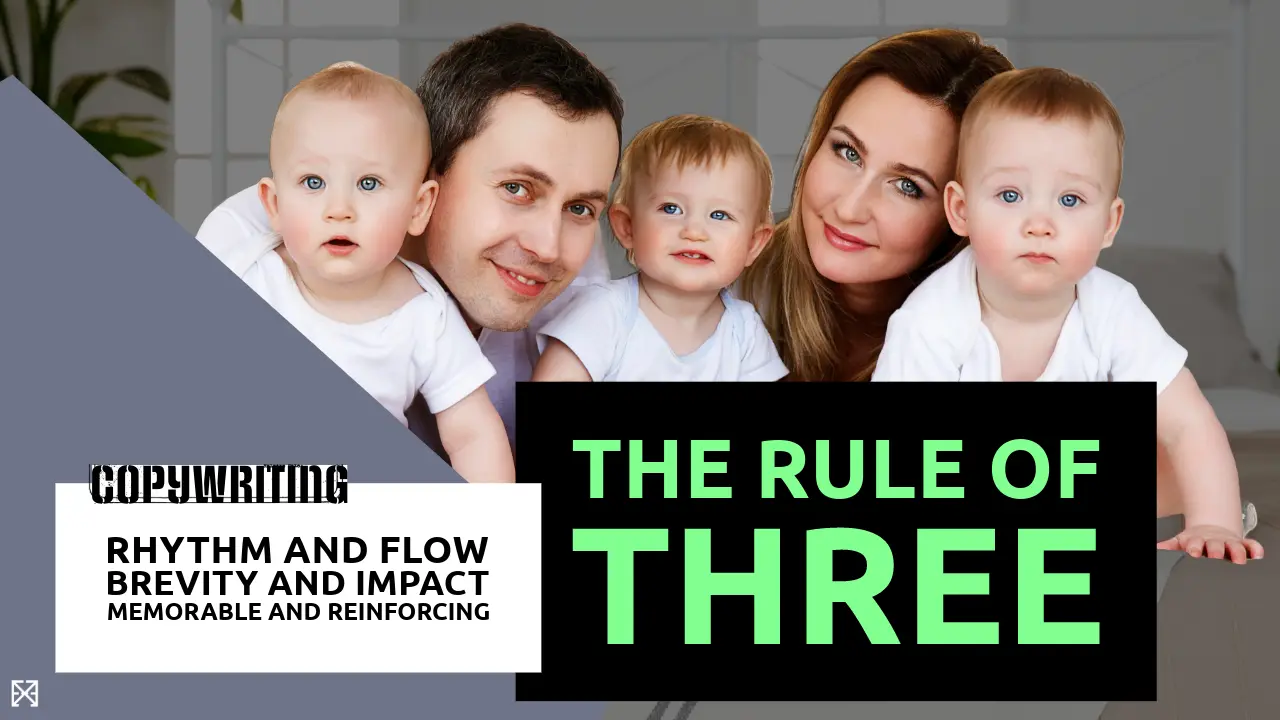Audience Research Methods aim to understand the characteristics, needs, and preferences of your target audience to tailor marketing strategies effectively.
We too, as applicators of these methods aim to understand your audience and customers.
Because audience and customer research are the foundations of customer-centricity. They are fundamental to developing a customer-centric business strategy.
And doing research ensures that decisions are based on a thorough understanding of the needs, behaviors, and preferences of the customer base rather than assumptions. This focus on the customer drives all levels of strategic planning, from product development to marketing, sales, and customer service.
Effective audience research helps companies like yours avoid costly missteps in product development and market entry by identifying what the customer truly wants and how they want it. It also plays a crucial role in anticipating shifts in consumer behavior, which can be critical to sustaining your competitive advantage.
Where to use audience research in your business?
You can use and integrate audience research across every business function from sales and marketing, advertisement, customer experience, and product development.
While all user research, customer research and audience research can guide product innovation and feature optimization in product development, we at Mx Moritz Growth Advisors use audience research the nexus of marketing strategy (attracting the right customers through inbound), customer experience, brand strategy, and advertisement (optimizing conversion) and sales (the right call to action).
Audience research directly informs marketing strategies and tactics, including messaging, channel selection, and brand positioning. By understanding who the audience is and what they care about, marketers can craft campaigns that resonate deeply and drive engagement.
Techniques such as segmentation and persona development derived from audience research help in targeting and personalization, which are key to achieving higher conversion rates.
Audience research methods like observational research and ethnographic studies provide insights into the customer's journey and experience. These insights are critical for designing a customer-centric CX that differentiate your brand in a crowded market.
Understanding the touchpoints where customers interact with your brand and their pain points at each stage allows businesses like yours to improve experience, service, and retain customers.
Doing Audience Research for Sustainable Growth
Strategic use of audience research supports sustainable growth by aligning product and market development with verifiable customer demand.
Long-term tracking of audience metrics can guide strategic pivots and investments, ensuring that the business evolves in harmony with its market.
Audience research provides the data backbone for making informed decisions that support both operational efficiency and strategic initiatives. Leveraging analytics from audience data helps inform your strategy and tactic.
Audience research is not merely a tactical tool but a strategic asset that permeates various aspects of your business, driving its growth, competitiveness, and customer alignment.
Its methodologies, when applied thoughtfully, create a rich tapestry of insights that can inform a holistic business strategy focused on sustained, customer-driven success.
Audience Research Methods
These methods, when integrated, provide a comprehensive understanding of the audience, essential for creating robust, customer-centric growth strategies.
In your growth strategy these are not standalone tools but parts of a holistic strategic framework. Meaning you want to weave these methods into a coherent strategic fabric that is responsive to and "predictive" of market dynamics.
By understanding both the micro and macro impacts of audience research, you are better prepared to develop customer-centric growth strategies.
Each of these methods has specific strengths and serves specific strategic purposes allowing you to tailor your approach to meet the nuanced needs of your market effectively. So think about how you strategically integrate it to provide a comprehensive view of your audience, thus driving effective, informed decision-making across your customer-centric business.
These strategies are for leveraging audience research in a business context. Here’s a detailed look at each audience research method, including
- strategic application,
- relevant examples, and
- a basic quick implementation approach.
1. Surveys
TL;DR: Deploying quantitative and qualitative surveys can gather data on demographics, preferences, and buying behaviors. Surveys are scalable to provide general findings of a larger population.
Surveys are when you need broad insights about your audience.
For example a beverage company considering a new flavor launch may use a survey to gauge consumer interest levels across various demographics.
Surveys are ideal for initial market research, quantitative product feedback, or gauging existing customer base preferences and customer satisfaction tracking, for demographic and buying behavior analysis.
For example a tech company exploring customer satisfaction with its customer service to inform an overhaul of its support channels.
Use when you need quantifiable data that can inform broad-scale strategy adjustments.
Quick Implementation: Design a concise online survey focusing on key questions that target your strategic needs, like user satisfaction, preferences, and demographics. Distribute this survey via email to an existing customer list. Surveys are highly scalable and can provide vast amounts of data quickly. Common pitfalls include survey fatigue, biased questions, and non-representative sample sizes which can skew results.
2. Interviews
TL;DR: Qualitative in nature, interviews allow for deep dives into the personal experiences, feelings, and motivations of consumers. They are useful for understanding the Why and gathering detailed insights that surveys might overlook.
Interviews are most effective when you need detailed, qualitative insights about consumer motivations and experiences.
Where surveys provide you with the realization there is a datapoint of interest, interviews answer the Why? What is happening here
They give you a detailed, nuanced insights about consumers’ thoughts and feelings that are not easily captured through surveys, particularly in the early stages of product development or when addressing complex market challenges.
For example a healthcare provider seeking to understand patient frustrations with current appointment scheduling processes could conduct interviews hat provide depth and nuance that surveys can't match, if you have a great interview protocol in place.
Quick Implementation: Schedule a series of short, focused interviews with a diverse set of participants. Use video conferencing tools like Zoom or Teams to facilitate sessions and record responses for analysis. 5-10 interviews each 30-minute via phone or video can be enough if combined with survey and a stringent segmentation
Interviews, although valuable, can be time-consuming and expensive. And results might not be generalizable for certain types of insights due to the small sample size: for example, a cosmetic brand might conduct interviews to understand the underlying reasons behind the use of certain types of makeup among different age groups. Every age group would need 10 interviews to be able to deliver good insights.
3. Focus Groups
TL;DR: Gathering a group of people from your target market to discuss their opinions about your product, service, or a market trend. This method provides a range of perspectives and can be useful for exploring new ideas or obtaining feedback on existing concepts.
Focus groups are ideal for interactive exploration of ideas and getting diverse feedback on products, advertising campaigns, or concepts before a launch.
They can help in gauging potential reactions. Let’s take a a fashion retailer planning to overhaul an entire clothing line. They might use a focus group to understand consumer reactions to different styles and materials, as well as acceptable price points (because they are outside their target audience they know so well).
And for a quick implementation this is what you should do as well: Assemble a diverse group of 6-10 participants from your target market. Conduct a 1-2 hour session either virtually or in a controlled setting where participants can discuss and provide feedback on product samples or campaign concepts.
A common pitfall with focus groups is that they can suffer from groupthink or domination by vocal participants. So, you must facilitate these group settings to guide discussion and capture diverse perspectives.
Sometimes focus groups are very informal: Like wineries that consider a new flavor let their patrons taste test the product and gather immediate feedback.
4. Ethnographic Studies
TL;DR: A deep, immersive approach, often used to understand the culture, motivations, and behaviors of an audience in their own environment over a prolonged period.
When deep cultural insights are needed.
To deeply understand the culture and user interactions in their natural environment, like everyday interactions of users, then the methods of ethnographic study might come in handy.
They provide deep contextual insights; however, it's time-consuming and hard to scale.
This method is most useful when deep cultural insights are needed to inform product development or marketing strategies, especially in markets that are culturally diverse or poorly understood.
For example, when a multinational food company is entering a new international market, they might conduct ethnographic research to understand local eating habits and preferences.
You would need to engage an entire team to spend time in key environments observing and interacting with the target audience, documenting their daily routines, and gathering contextual insights about their lifestyle and choices.
You could also conduct mini-ethnographic visits when you’re, for example a mobile app developer that wants to understand connectivity challenges and app usability in a context of people using it in a rural community.
Diary studies, where participants document their daily interactions with a product or service, are also likely more feasible than an immersion in a community or environment.
Diary studies can be journal entries or video diaries from participants to gather qualitative data.
5. Observational Research
TL;DR: Involves watching how people interact with products or services in natural settings. This can uncover unarticulated needs or behaviors that do not emerge in surveys or interviews.
Whenever you need to understand how products are used in real life or to identify problems not reported by users directly you use observational research methods.
This method is great for identifying real, unfiltered user behaviors and interactions in natural settings, useful in UX design and retail layout optimizations e.g., observing shoppers' behaviors in a retail store layout to improve product placement and overall shopping experience. A quick implementation for that would be to arrange team members to unobtrusively observe interactions in relevant environments, such as check-out procedures in stores, and take detailed notes on behavior and user interactions with products.
Of course this research also includes the large through of digital customer tracking software to analyze and observe customer movements and interactions between and on pages to gain insights about the UX and your digital offering.
While it offers authentic insights but can be limited by the observer's biases and the intrusive nature potentially affecting behavior.
6. Social Listening
TL;DR: Monitoring social media platforms to gather what is being said about your brand or product. This is beneficial for understanding public perception and emerging trends.
Another observational research method is social listening. Social listening is when you monitor brand perception and identifying trends or industry developments.
It is crucial for tracking real-time public sentiment and trends during product launches or PR crises.
A cosmetics brand for example might monitor social media buzz about a celebrity-endorsed campaign or reactions to a product release to adjust marketing strategies accordingly. Or to respond to social media responses.
There are many tools that allow for a quick implementation. You can set up keyword and hashtag alerts or track mentions and sentiment related to your brand and products.
Then analyze the data collected to gauge sentiment and identify emerging trends.
While it provides real-time data, it requires filtering through vast amounts of irrelevant data.
7. Segmentation
TL;DR: Dividing a market into distinct groups of buyers with different needs, characteristics, or behaviors who might require separate products or marketing mixes.
Segmentation is essential for targeting and positioning before product development and marketing campaigns customizing products and offerings to different customer groups.
As a customer-centric business you should always be aiming to tailor your marketing strategies or products to better fit the needs of different consumer groups, thus optimizing resources and enhancing targeting precision.
Whether you are an insurance company segmenting its market based on demographics and income to tailor different insurance packages and marketing messages or you are an online learning platform using segmentation to customize course recommendations for students based on learning preferences and past behavior.
Start with using existing customer data to classify your market into segments based on simple criteria like age, location, and purchasing behavior.
Analyzing your data with analytics tools like Google Analytics can aid in this initial segmentation based on user behavior on your website.
Just be clear of the categories of your audience and the segments based on predefined criteria.
Segmentation allows for tailored marketing strategies but requires accurate data to avoid misclassification.
8. Persona Development
TL;DR: Creating detailed profiles of archetypal users to represent the needs of larger groups of clients. Personas help in making decisions about product features, design, and marketing strategies.
Develop personas when needing to humanize and crystallize data about various segments.
Personas are helpful throughout the product development and marketing process to maintain a customer-centric approach.
Whenever you have to make a decision for product features, UX design… or a prioritization for what market to target you can consult the persona. A digital marketing agency for example might create personas for different client segments to better tailor their campaign pitches and content strategies. And an automotive company might develop personas for different car buyers to guide design and marketing.
Peronas guide your strategy by representing the needs of different user types.
Compile data from surveys, interviews, and existing customer profiles to create detailed personas representing key audience segments of your core audience
Include demographic details, motivations, preferences, and typical pain points to form 3-4 personas that represent your main user groups, detailing their goals, challenges, and behaviors.
Personas helps you and your team to focus user needs but can be misleading if based on incorrect or incomplete data. They are only an abstraction that makes it easier for your internal communication and to get everyone on the same page
9. A/B Testing
TL;DR: Comparatively testing two versions of a marketing element/asset to see which one performs better and refine your approach based on real data.
A/B testing is one of these research methods everyone keeps talking about. It’s highly data-driven but the most common pitfall is running tests without enough traffic to achieve statistical significance.
A/B testing is an optimization method for optimizing marketing messages, web pages, or product features to determine the most effective version. For example, an e-commerce site testing two different check-out experiences or homepage designs to see which leads to higher conversion rates.
A/B testing is not a testing method but a tool for deciding between two options that both work very well already. Employ A/B testing to refine such things as your marketing communications, website navigation paths, or user interfaces.
They are great because they are based on direct feedback, a user response from comparable sets of your audience.
Use tools like Google Optimize to set up two variants of a page or feature or better, a single isolated elements of your website, to run a split test. Meaning you direct equal traffic to each variant of a webpage or email campaign etc. the traffic must be statistically significant (think in thousands)
Measure which variant performs better in terms of user engagement and conversion metrics. Analyze performance based on predefined KPIs. Ensure you have clear metrics for comparison.
10. Predictive Analytics
TL;DR: Using data to identify the likelihood of future outcomes based on historical data to help target marketing efforts more effectively.
When you find yourself wondering about future buying behaviors or market trends to inform strategic decisions you might want to carefully turn to predictive analytics.
Use predictive analytics when you want to forecast buying patterns, optimize inventory management, or personalize marketing efforts based on predicted consumer behavior trends.
It can significantly enhance your decision-making but relies heavily on the quality and quantity of historical data. Traditionally prediction models require historical truth for modeling, but there is often not even any accurate historical data recorded, making complex regression analysis etc. superfluous.
DTC brands and retail chains uses predictive models to determine which products will be most popular in different seasons and adjusting stock levels accordingly.
Predictive analytics can also be when a streaming service uses historical and subscriber data to recommend shows to viewers based on viewing habits.
You can start with a simple predictive model using Excel or Google Sheets to analyze your existing customer data, past sales data, customer interaction data and predict upcoming trends for popular products.
But before you implement findings in targeted marketing campaigns or strategic planning remember: the past does not predict the future.
Strategic Integration of Audience Research Methods
To get value from audience research you must, yes it is crucial, to connect the audience research methods that follow to overarching business and marketing strategies.
If it is not applied and it does not make sense it makes no money: These methods must be applied in real-world scenarios with a clear understanding of their strategic impact.
Objective: Establish a comprehensive framework to guide the application of audience research methods in crafting and executing growth strategies that are deeply informed by customer insights.
Core Components: Research Methodology, Data Integration, Strategic Application, and Continuous Improvement.
Outcome: Equipped with actionable insights, you will be able to design, implement, and evaluate growth strategies based on nuanced understanding of target audiences.
Surveys and Segmentation
Application: Use surveys to gather quantitative data on customer demographics, preferences, and behaviors. Use this data to perform segmentation, creating distinct customer groups for targeted marketing.
Strategic Impact: Enables precise targeting and customization of marketing messages and products to meet the specific needs of different market segments.
Qualitative Insights (Interviews, Focus Groups, Ethnographic Studies)
Application: Employ these methods to gain deeper psychological and emotional insights into consumer behavior that quantitative methods might miss.
Strategic Impact: These insights help in understanding the 'why' behind customer behaviors, facilitating the development of products and services that resonate on a deeper emotional level with the target audience.
Observational Research and Social Listening
Application: Use observational research to understand natural user interactions with products and services. Complement this with social listening to gauge public sentiment and emerging trends.
Strategic Impact: Offers real-time feedback and early warning signals about changing consumer preferences and potential problems with current offerings.
Persona Development and Predictive Analytics
Application: Create detailed customer personas based on collected data. Use predictive analytics to forecast future buying patterns and preferences.
Strategic Impact: Personas help in tailoring marketing efforts and product development. Predictive analytics enables anticipatory strategies, optimizing marketing ROI by focusing efforts where they are most likely to succeed.
A/B Testing
Application: Conduct controlled tests to refine marketing communications, product features, and user experiences based on empirical evidence.
Strategic Impact: Ensures data-driven decisions that increase the effectiveness of marketing strategies and product offerings.
Never forget the importance of integrating insights from multiple audience research methods to form a coherent understanding of the market. Also, this must not be a snaphot: Establish mechanisms for continuous feedback from all research methods to refine and optimize strategies over time. Adapt your strategies based on new data and changing market conditions, fostering a flexible, responsive approach to market challenges.
FAQs
Additional resources re:“Audience Research”
Dive deeper into audience research with these articles:
Use the right research methods at the right times: Audience Research versus Customer Research
Why audience research pays off: The ROI of Knowing Your Audience
Applied audience research to achieve this crucial alignment: Message Audience Fit














